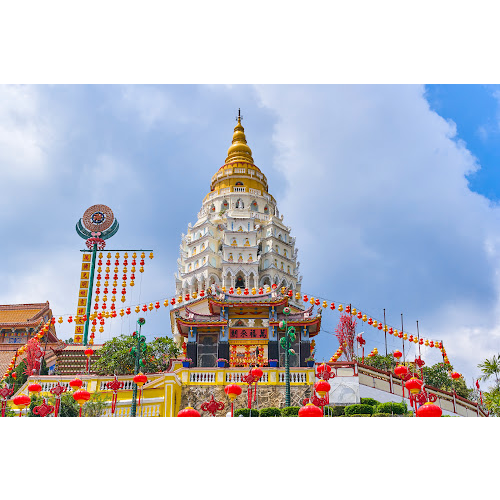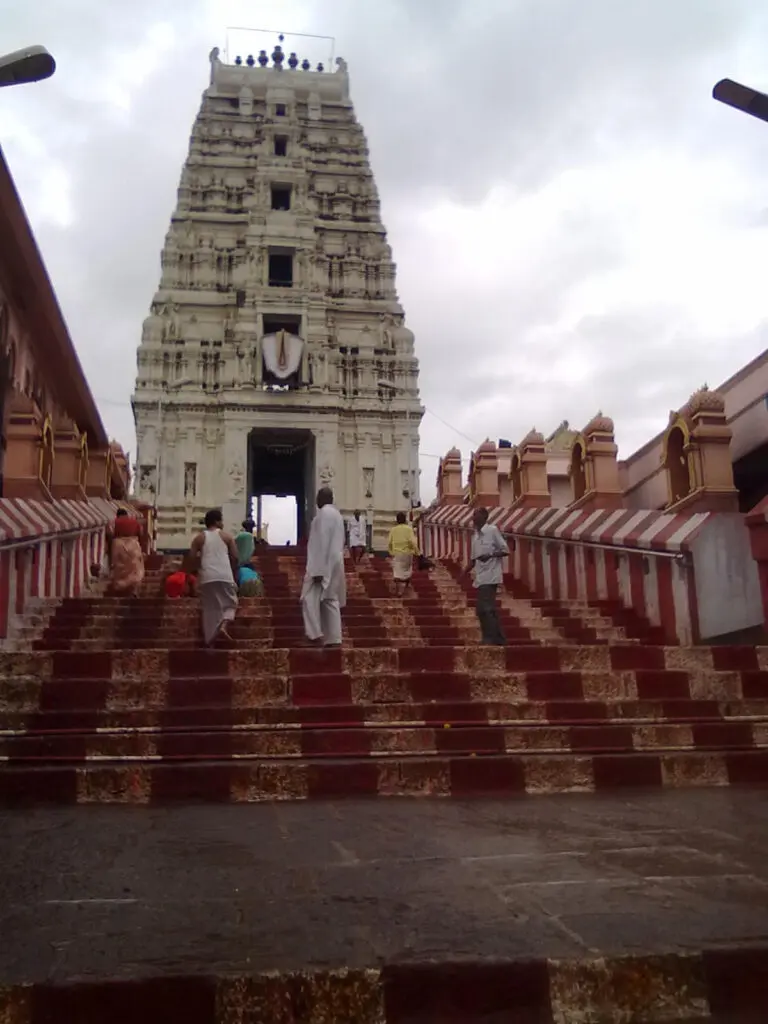Shiva, as creator and destroyer, holds an intriguing presence that inspires devotion among believers. We explore his mysterious role, from His vibrant colors and diverse forms that He takes, all the way down to understanding its profound truths that lie hidden inside him. Join us as we delve into His mysteries!
Svetasvatara Upanishad Ch 4 V 19
- Unveiling Shiva’s Mysterious Purpose for Creation Shiva, as depicted by svetasvatara upanishad ch 4 v 19, holds an essential place as creator of our universe. According to this text, He can be described as one without color who unifies with His energy to produce various hues for His purpose – thus symbolizing divine power and creativity within him, as He brings life through different colors that symbolize different aspects and manifestations in life’s grand design – this provides insight into His divine powers as creator whose divine creativity brings about diverse and vibrant world creation.
The text also emphasizes how Shiva holds power over both beginning and ending of creation in this world, suggesting he was both responsible for its birth as well as ultimate dissolution. Shiva’s divine plan includes this cycle of creation and dissolution to remind us all about life’s impermanence while encouraging a closer bond to him who can provide understanding as well as liberation from this transient existence.
- Shiva as Agni to Prajapati In the Svetasvatara Upanishad, Lord Shiva is not only depicted as the Supreme Self and Creator of all things, but he’s also often spoken about in terms of having multiple manifestations – Agni (fire), Aditya (the Sun), Vayu (wind) and moon being just some examples – each element representing different facets of his divine power within this world.
These manifestations of Shiva’s are taken as pure representations of Brahman, or ultimate reality. They symbolize interconnectivity of all things and demonstrate his mysterious purpose for appearing. Additionally, texts mention Shiva as associated with waters and Prajapati, emphasizing his role as creator and sustainer of life on earth through these diverse manifestations that remind us all of divinity’s presence within every aspect of existence.
- Shiva as Heterochronous Being In Svetasvatara Upanishad, Lord Shiva is described as an ever-evolving divine being with multiple faces that change according to context and circumstance. From man, bird, cloud or serpent form; his appearance transcends gender and age lines – often appearing both male and female characters simultaneously and son and daughter figures within families, showing his expansive nature that encompasses all areas of existence. Furthermore, an old man walking with a stick symbolized wisdom and experience of which both male characters could learn something. These various faces remind us all that divinity exists regardless of gender norms or physical appearance or gender identities!
As well, Shiva often assumes animal forms such as dark blue birds and green parrots with red eyes – these symbolic of our relationship between people and nature – while His ability to represent seasons and oceans further emphasize his role as Creator/Sustainer of life on Earth. Through His various manifestations He invites us all to recognize divinity within all living beings.
- Understanding Bondage and Liberation The Svetasvatara Upanishad provides us with insights into the dual nature of individual souls that exist alongside Brahman – their respective counterparts as the Supreme Self – created through divine force. All souls share this inherent linkage with Brahman; however, their experiences here can lead to different outcomes for their connection to Brahman.
Some souls become trapped by an attachment to Prakriti – the activity or material nature of our world – which prevents them from realizing their true nature and finding liberation. Conversely, other individuals have experienced Prakriti and have found liberation after understanding its temporary and fleeting nature – shifting their attention away from worldly attachments toward spiritual growth and self-realization.
The Svetasvatara Upanishad invites us to consider what lies at the root of bondage and liberation, reminding us that attachment to material world and identification with temporary forms and desires are often what keep us bound up in cycles of suffering. However, it provides a path towards salvation: realizing our divine natures while cultivating detachment from worldly illusions such as attachments. By relinquishing attachments to Brahman through seeking deeper communion we can overcome ignorance’s bonds to become freed up from ignorance’s bonds resulting in ultimate liberation from ignorance’s chains!
- Two Birds on a Single Tree
In Svetasvatara Upanishad, two birds perched atop each other symbolise human existence’s dualities between worldly sorrows and spiritual liberation. Their unknowable relationship symbolizes this struggle for balance within us all.
One bird is depicted enjoying sweet fruit, representing our attachment to worldly pleasures and desires; this bird symbolizes our ego-driven self, fully immersed in external sources for satisfaction. Conversely, another bird simply observes without partaking – representing our higher self or soul that remains separate from worldly attachments.
This relationship serves as a constant reminder of our internal struggle between ego-driven desires and spiritual liberation, underscoring the necessity for cultivating detachment and awareness to overcome sorrows and limitations of worldly existence. By aligning ourselves with our higher selves and seeking spiritual growth, we can break free of cycles of suffering to experience true freedom and experience liberation from it all.
- Unveiling Rudra’s Anger: Exploring Creation and Destruction
In Hindu mythology, Rudra (Shiva) has long been associated with destructive forces and anger – something which raises some eyebrows when applied to His role as controller of the universe. Yet upon closer investigation we begin to appreciate how destruction and creation work hand in hand together in God’s divine plan for all things.
Svetasvatara Upanishad describes creation and destruction as essential aspects of Earthly life’s evolution, where suffering seems negative for mortals but serves a greater good in terms of spiritual awakening and detaching ourselves from worldly illusions. Rudra’s anger does not stem from any malice but rather comes from pure, loving hatred toward all beings he encounters – destruction creates renewal opportunities to progress forward towards fulfillment, so by understanding and accepting this concept there can be solace knowing there’s always been divine planning behind every aspect of existence.




